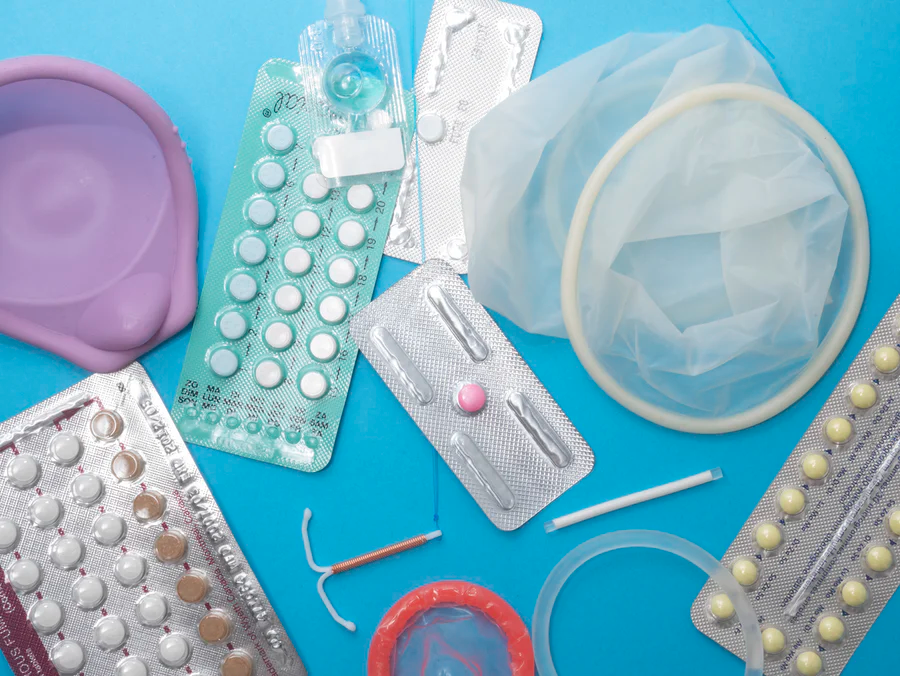India and Contraception Over the Years
- Girl Up Imkaan
- Jan 31, 2022
- 2 min read

‘India is the second most populous country in the world’, this is a fact that all of us have grown up listening to. As per data, India houses around 17.70% of the world population and one out of every 6 human beings has Indian origin. This data strikes a contrast image when compared against the hush-hush nature of sexual education in India. While people consider talking about sexual health a taboo, the digital data on the internet and the ever-booming birth rate speaks otherwise.
When it comes to family planning and safe sexual practice, India is still behind in the race. With the development of the Family Planning Programme (1952) over the years and the continuous additions and subsidiary schemes under it, positive data is being captured, but at a very slow rate. Since the early 1950s birth control has always come with perks in India, be it free procedures, subsidies on contraception devices or housing and job priorities. But still the majority of our population has apprehensions around it, due to the misinformation and rumours that get circulated through the medium of friends, relatives, and even media. With lack of sexual education for the youth and the people in active reproductive age, controlling the population and the growing rate of Sexually Transmitted Diseases (STDs) is difficult to control. While the government has set-up multiple counseling centers in and around the city, they are not properly looked after, hence drawing them into a negative zone.

Taking into consideration the options and availability of contraceptive devices and medications, the market has fierce competition amongst public and private companies. With international companies drawing out a major chunk of the capital poured into contraception, due to their bold marketing and advertising strategies, it projects a question on the conservative advertising by the Indian companies around sexual health and wellness. These days brands use social media to engage with the millennials and Gen Z through the medium of memes and innuendos. Some user-friendly options available in the market include condoms, diaphragms, vaults and spermicidal jellies. These options flow in the market because they have the least number of side effects and the privacy of use that they offer.
Sterilisation, IUDs and Injections are some of the other contraception options available in India. The sterilization program was initiated in 1956. While it drew negative criticism in the earlier years, later on it became a very popular method of family planning. IUDs and Injections have gained a positive light in the last three decades as well. As per data only 10% of women in India opt for these options due to the side-effects and permanent damage that they might offer. Women in rural areas still rely on the centuries old practices of lactational amenorrhea, withdrawal method and calendar rhythm method.
But there are a few arenas where India has mastered the art of contraception as well. Central Drug Research Institute, Lucknow is credited with launching ‘Saheli’, the world’s first non-steroidal contraception pill in 1991 in association with HLL Healthcare. HLL is also credited for developing India’s first condom brand- Nirodh deluxe in 1968. With such achievements, India’s future in regards to sexual health seems promising.
Author - Pragya N. Srivastava





Comments